“The eastern hellbender is one of only three giant salamanders on the planet,” said District 3 Commissioner Parker Sloan during the Feb. 4 meeting. “They’re down to about 59%, so we’ve lost roughly half of the eastern hellbenders.”


“The eastern hellbender is one of only three giant salamanders on the planet,” said District 3 Commissioner Parker Sloan during the Feb. 4 meeting. “They’re down to about 59%, so we’ve lost roughly half of the eastern hellbenders.”
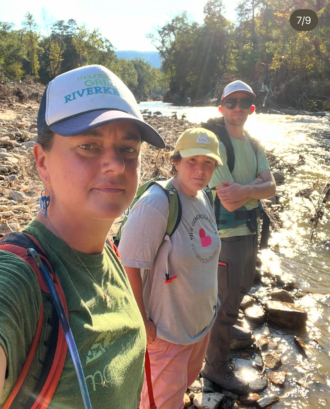
Erica Shanks was in Milwaukee, Wis., for a water and climate conference Sept. 26, but all she could think about was the weather back home. She needed to get home.

“The primary goal is to raise awareness about the environmental impact of single-use plastic pollution and inspire people to make sustainable choices in their daily lives.”
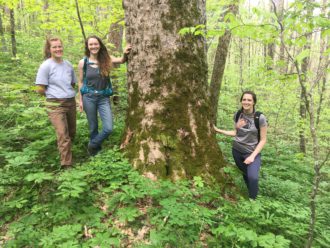
Asheville-based nonprofit MountainTrue and others await responses from the U.S. Forest Service after filing a flurry of legal actions since the federal agency finalized its Pisgah-Nantahala Forest Plan last year.
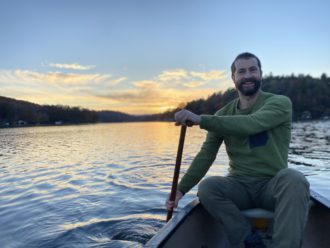
“When I started this job, almost 20 years ago, very few people used the French Broad River for recreation, and therefore no one really cared when it was polluted,” says Hartwell Carson, French Broad Riverkeeper with MountainTrue. “Now lots of people use the river everyday and there is a strong desire that we do better and protect the river,

“It’s going to take a historic effort to close the gaps in housing supply that are close to the places where people work, shop and entertain themselves and where there may also be options for walking, biking or taking mass transit.”
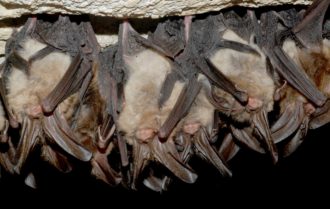
The Southern Environmental Law Center and five other conservation groups issued the USFS a notice of intent to sue in July on the grounds that it ignored its own scientific findings suggesting that logging in certain areas could drastically harm the habitat and feeding grounds of four already endangered species, therefore violating the Endangered Species Act. If filed, the case will be heard in the U.S. District Court for the Western District of North Carolina.
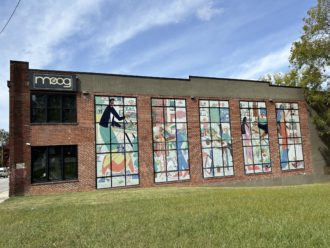
According to a statement from the company, Moog plans to continue to be headquartered in Asheville, where it will continue to design, engineer, service and manufacture instruments, although a selection of instruments will be produced by “trusted partners.”

“It’s a cynical and shameful ploy to deny you the ability to serve your constituents. It’s anti-democratic, and I look forward to working together with you to reject this encroachment on our rights to protect our health and the health of our mountains, rivers and streams,” Karim Olaechea, deputy director of strategy and communications for MountainTrue told commissioners during public comment.
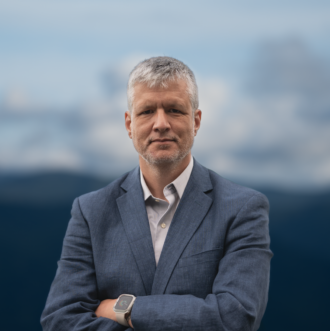
“On balance, our ordinance would significantly reduce the amount of pollution, waste and greenhouse gases created to help county residents carry their groceries out of the store.”

“Every single time MountainTrue takes a sample of our French Broad River watershed, plastic pollution is found at some degree. This is unacceptable!”

Jim Clark has volunteered with MountainTrue since 2014, collecting water samples for E-coli testing along the French Broad River. Today, he also collects microplastic water samples and conducts monthly plastic counts at Pierson Bridge.

Grady Nance is a volunteer at MountainTrue. The nonprofit champions resilient forests, clean waters and healthy communities in the Southern Blue Ridge.
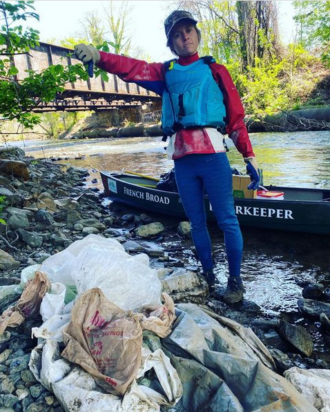
“A third of microplastics we’re seeing in the French Broad watershed is coming from these plastics that we might use for 12 minutes and end up throwing away. So anything we can do to curb the input of that into our daily lives the better,” said Anna Alsobrook, watershed science and policy manager for MountainTrue.
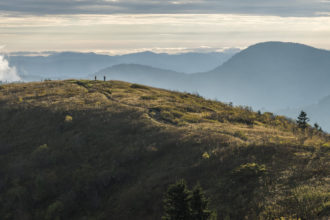
The latest Nantahala and Pisgah National Forests Land Management Plan was implemented last month and outlines land use for the next 20 years.
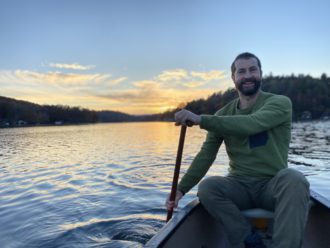
Hartwell Carson has served as a French Broad Riverkeeper with MountainTrue for over a decade.
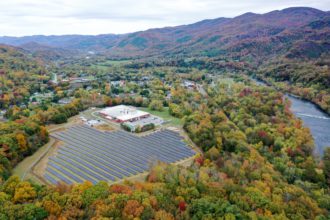
The microgrid includes 2 megawatts of solar panel capacity and 4.4 MW of battery storage. Those resources are enough to power the entire town for an extended period if its connection to the main grid is disrupted.

The recent decision to harvest 26 acres that encompass an old-growth patch of forest on a 3,500-foot mountaintop – the Southside Project – underscores what some say is the widening incongruity between the U.S. Forest Service’s mission, climate change crisis and the public’s will.
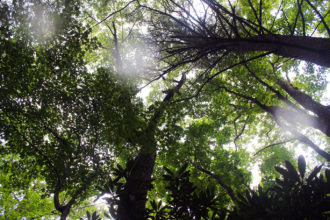
Scientists say old-growth forests are essential tools in the fight against climate change. Harvesting them releases greenhouse gasses, worsening climate impacts.
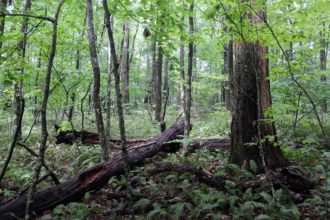
The recent decision to harvest 26 acres that encompass an old-growth patch of forest on a 3,500-foot mountaintop — the Southside Project — underscores what some say is the widening incongruity between the U.S. Forest Service’s mission, climate change crisis and the public’s will.

“Our community faces two mounting crises that we must address in concert — housing affordability and climate change. We can do this by providing a wider range of housing options in and around Asheville and our other municipalities, while not contributing to sprawling development patterns that clear forested land, feed gridlock and increase auto emissions.”